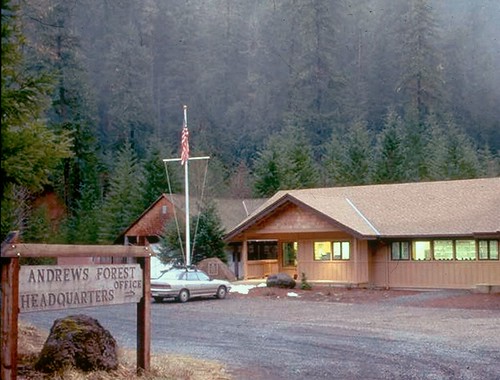
The lands of the Pacific Northwest produce a bounty of grains, dairy, beef, fish, vegetables, and wild game that feed the people of the region and the rest of the country. Many of those who work directly with the land have been doing so for generations. Two of my own great uncles helped to bring irrigation to the Rogue River Valley near the turn of the 20th century, and my cousins have been farming there ever since.
Over time, farmers, ranchers, fishers, and private forest owners have accumulated knowledge and wisdom from family, local communities, and agricultural universities. These individuals have supported a technically progressive agricultural industry that supplies most of the nation’s potato crop and a good share of its wheat and milk. Agricultural producers are used to working with many sources of information about weather, water, climate, soils and fertility, pests, and disease and then making important decisions and investments about what they will do on the land. Their decisions about investments of time, money, and materials have daily, seasonal, annual, and multi-year implications. Selections of fruit, nut, grape, or forest tree varieties and capital investments in machinery, irrigation, and processing are made with today’s best information in anticipation of several decades or more. Doing this right requires both technical savvy and the wisdom to integrate many different kinds of information.
So what do the Department of Agriculture’s new climate hubs have to offer? The Climate Hubs are an acknowledgement that there are major climate trends resulting from global changes to oceanic and atmospheric circulation patterns that scientists are now beginning to understand. People working directly with the land need access to the best information we have about these climate trends. A lot of the climate change science is fairly new, producing plenty of information–graphs, tables, maps, scenarios, and predictions. This information has not generally been put together in ways that are relevant for those working directly with agricultural and natural resources. The purpose of the hub, pure and simple, is to find out what kind of climate-trend information these hard-working people need and to provide it in forms that they can use.
The way things are looking in the Northwest based on current trends, we may be facing some generally dry summers, low snow packs, and wet winters. We may not get as many extremely cold days in winter as are needed to control some of the agricultural pests or to produce the best orchard or vineyard fruit with current varieties. We may see more forest and range fires that threaten our lumber industries. Information about climate trends needs to be provided to those dependent on rivers for irrigation, such as in the Columbia, Willamette, Klamath or Rogue River Valleys. Others who are dry-land farming or considering converting to dry-land farming, who are pumping ground water, or who are depending on natural forage for grazing also need better information. Farmers in the far northern Matanuska Valley of Alaska need to know more about the warm temperature patterns they are experiencing. The Hub will be partnered with Agricultural Universities, Climate Science Centers, federal research labs, and others with good information about these changes to provide the best information we have about the changing climate.
I look forward to leading this effort. The science community knows a lot about climate trends over large areas and long time-periods and their impacts to agriculture and forestry. Getting this information to people in the right way, so they can use it to make local, practical decisions, is a challenge. It will require all of us to work together and communicate our concerns freely. Hence, the Hubs.
